Written by: Musol
"Interest rates, interest rates, or interest rates!"
Readers who have been in contact with the cryptocurrency market for a long time are likely to have some understanding— the cryptocurrency market is highly sensitive to the U.S. rate decisions. Bitcoin often serves as a signal reflecting volatility driven by the Federal Reserve. In light of this year's constant mentions of interest rate cuts, this phenomenon has intensified. Looking back at past markets, perhaps since the Federal Reserve began aggressively raising rates in 2022 to combat runaway inflation, digital assets have already begun to reflect volatility in traditional financial markets. The Federal Reserve's rate decisions have become pivotal moments for the cryptocurrency market.
"This correlation will not disappear quickly; if anything, it is becoming the new normal."
In the market, there is a saying: "We have all become U.S. stock traders," because the cryptocurrency market closely follows the fluctuations of U.S. stocks, and traders must keep a close eye on U.S. economic data.
Among them, the Federal Reserve's interest rates are one of the most crucial data points. So why should we pay attention to this data? What do these data mean?
What is the Federal Reserve & interest rates?
The Federal Reserve is the central bank of the United States, equivalent to the People's Bank of China, determining bank interest rate policies. However, the Federal Reserve has a high degree of independence; in principle, it does not yield to the U.S. government or even the president in formulating interest rate policies. Simply put, even the U.S. president has no power to intervene in the Federal Reserve's decisions.
The Federal Reserve independently makes interest rate decisions based on its judgment of the macroeconomic situation, either raising or lowering the bank's benchmark interest rate, commonly referred to as tightening or loosening.
Generally, the Federal Reserve has three types of interest rate adjustment actions:
Maintaining interest rates unchanged: market expectations remain stable, without significant impact on economic signals.
Rate hike: Suppressing inflation, adopting a tightening monetary policy
Rate cuts: Stimulating the economy, adopting an expansionary monetary policy
Typically, when we mention the Federal Reserve's interest rate hikes or cuts, we are actually referring to adjustments to the U.S. federal funds rate, which is the interest charged for borrowing money between banks.
Taking interest rate hikes as an example: When the Federal Reserve raises interest rates, it increases the U.S. federal funds rate, which raises the cost of borrowing between banks. Consequently, banks will increase reserves to control costs, with the main means of increasing reserves being to raise deposit rates to attract people to deposit money in banks. The ultimate result is that dollars flow into banks, reducing the money circulating in the market, achieving the goal of suppressing inflation.
When the Federal Reserve raises interest rates, it leads to an appreciation of the dollar (supply not meeting demand), resulting in more dollars flowing into banks, while the money flowing into stocks and other investment markets will decrease, which is unfavorable.
Similarly, when the Federal Reserve lowers interest rates (commonly known as "injecting liquidity"), the amount of dollars circulating in the market increases, the dollar depreciates, and more funds flow into stock markets and other investment markets, which is favorable.
Having briefly discussed the Federal Reserve's interest rates, to facilitate readers' deeper understanding of their relationship with the cryptocurrency market, this article will gradually analyze their decisions in relation to Treasury yields, the dollar index, the dollar index's relationship with gold and crude oil prices, the dollar index's relationship with the RMB exchange rate, and the relationship between the Federal Reserve or central bank's interest rate decisions and economic growth.
I. The relationship between the Federal Reserve's rate decisions and Treasury yields
U.S. Treasury bonds, commonly the ten-year and two-year U.S. Treasury bonds.
The yield on U.S. Treasury bonds refers to the yield obtained by buying U.S. Treasury bonds and holding them to maturity. The formula is very simple: the total interest received at maturity divided by the purchase price (Treasury yield = interest received at maturity / purchase price).
The coupon rate of Treasury bonds is usually fixed, meaning that the interest rate is set when the bonds are issued and remains unchanged throughout their duration. The interest payable is calculated based on this rate.
Treasury bonds can be traded on the capital market like stocks, meaning that their prices will fluctuate at any time. This price represents the buying and selling price rather than the bond's face value; the face value and coupon rate are only used to calculate the amount of principal and interest repayment. The market price of Treasury bonds is independent.
As Treasury bond prices fluctuate, the denominator used to calculate Treasury yields also fluctuates, determining the variability of Treasury yields.
When Treasury bond prices rise, Treasury yields fall; conversely, when Treasury bond prices fall, Treasury yields rise.
Thus, those who are less informed may mistakenly believe that the rise in Treasury yields is due to a booming Treasury market with everyone buying them. In reality, people are selling Treasury bonds, causing Treasury prices to drop, leading to rising yields. A decline in Treasury yields indicates that people are buying Treasury bonds, pushing up their prices, resulting in lower yields.
Replacing U.S. Treasury bonds with national bonds yields the same result. Whether U.S. Treasury bonds or Chinese national bonds, an increase in bond yields indicates that people are selling bonds, while a decrease in yields indicates that people are buying bonds.
The yield on Treasury bonds is inversely related to the prosperity of the Treasury bond market.
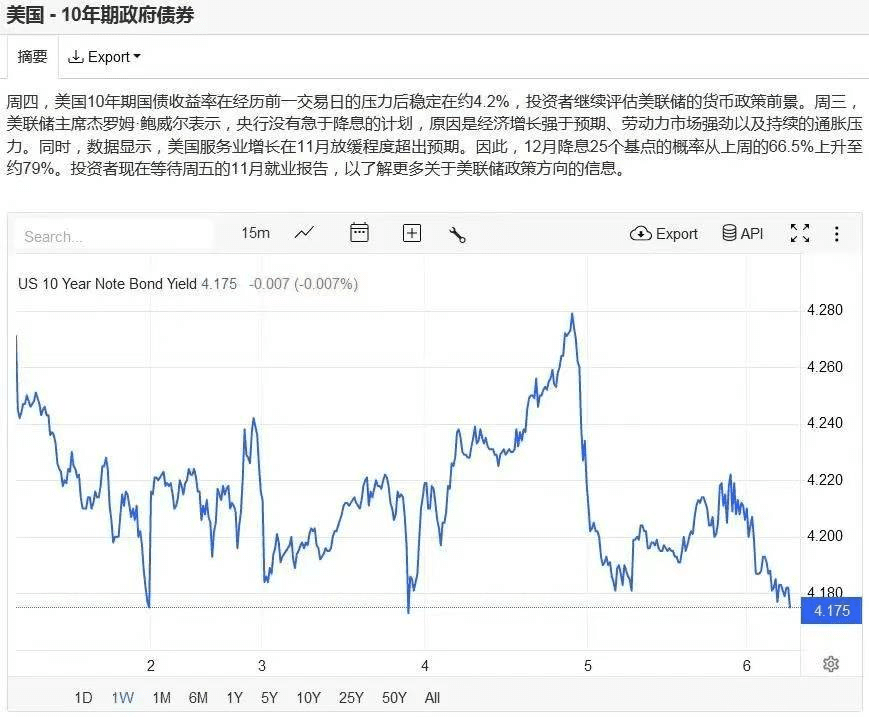
Figure 1 Trends in the 10-Year U.S. Treasury Yield from December 1 to 6, 2024
What is the relationship between the Federal Reserve's interest rate decisions and the fluctuations in Treasury yields?
The Federal Reserve's interest rate policy determines the level of bank deposit and loan rates. When the Federal Reserve raises interest rates, bank deposit rates will increase, allowing depositors to earn higher interest. Conversely, the interest rates on U.S. Treasury bonds are fixed until maturity. When bank deposit rates rise, it attracts more people to deposit money in banks or purchase financial products calculated at the new rates, leading to a decrease in demand for Treasury bonds, which causes Treasury bond prices to fall and yields to rise. Conversely, when the Federal Reserve lowers interest rates, it encourages people to reduce deposits and increase purchases of Treasury bonds, resulting in higher Treasury bond prices and lower yields.
Generally, the most sensitive to the Federal Reserve's interest rates are two-year Treasury bonds, because the shorter duration makes the fluctuations in bank rates more pronounced, prompting individuals to compare deposit interest and Treasury interest over the next two years. In contrast, the longer duration of ten-year Treasury bonds means that short-term fluctuations in bank rates have less impact on future ten-year deposit interest, as there may be several rate hikes and cuts over the next decade.
Thus, the Federal Reserve's rate hikes lead to an increase in Treasury yields, while rate cuts lead to a decrease in Treasury yields.
The Federal Reserve has continuously raised interest rates from 2022 until the second half of 2024, with rates climbing from 0 to 5.5% (Figure 2). Accompanying this round of rate hike cycle, the yield on 10-year U.S. Treasury bonds rose from less than 2% to a peak of 5% (Figure 3).
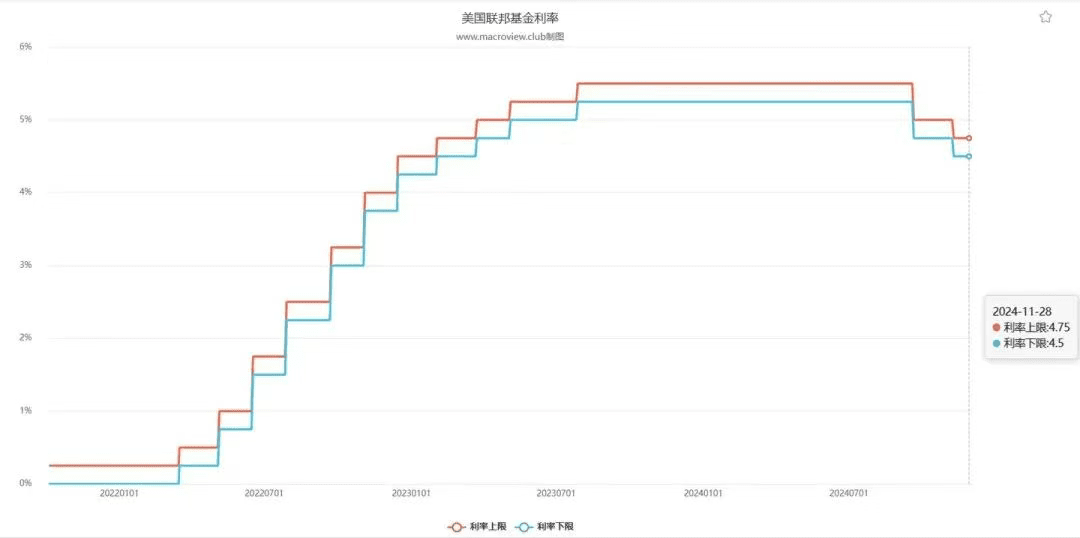
Figure 2 U.S. Bank Benchmark Interest Rate Trends from January 2022 to December 2024
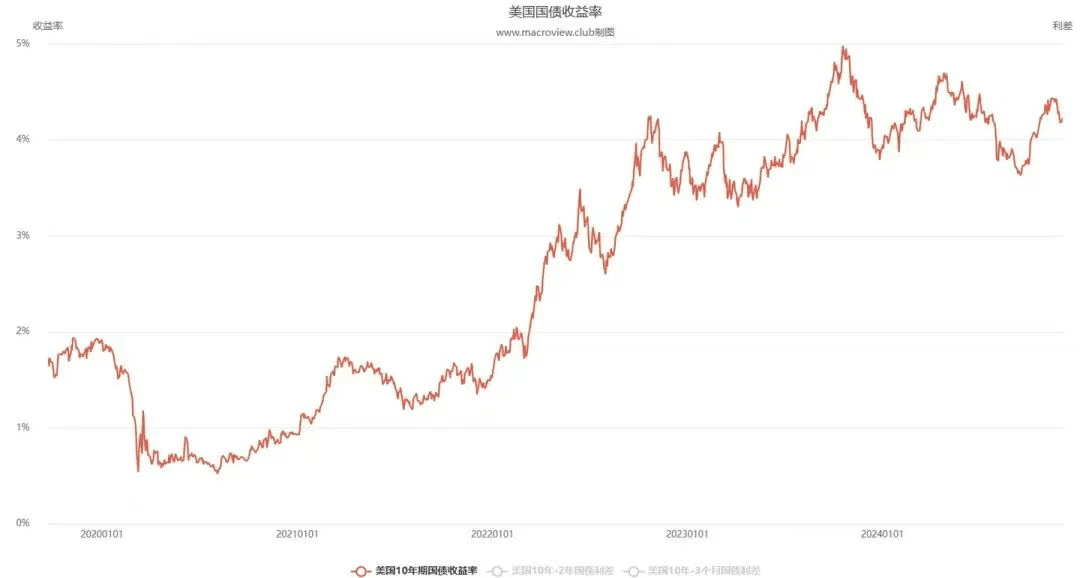
Figure 3 Trends in the 10-Year U.S. Treasury Yield from January 2020 to December 2024
II. The relationship between the Federal Reserve's rate decisions and the dollar index
The dollar index refers to the index measuring the exchange rate of the dollar against other national currencies in the international market. A higher dollar index indicates an appreciation of the dollar, while a lower index indicates depreciation.
An increase in interest rates by the Federal Reserve means that both bank deposit and loan rates will rise. Higher deposit rates will attract more people to deposit money in banks, reducing the currency circulating in the market. The deposit rate is the cost of acquiring funds for banks; an increase in rates means higher costs, leading banks to raise loan rates. Increased loan rates mean that costs for enterprises, individuals, and governments to borrow will rise, thus reducing borrowing and also decreasing the amount of currency circulating in the market.
This means that the Federal Reserve's interest rate hikes lead to more dollars being deposited in banks, thereby reducing the circulation of dollars in the market.
In the foreign exchange market, the appreciation or depreciation of a currency is directly determined by the supply and demand relationship of that currency. A decrease in the supply of dollars ultimately leads to a strengthening of the dollar index.
An interest rate cut by the Federal Reserve means that both bank deposit and loan rates will decrease. A decrease in deposit rates makes more people unwilling to deposit their money in banks, increasing the amount of currency circulating in the market. Lower loan rates will encourage more borrowing, further increasing the amount of currency circulating in the market.
This means that the Federal Reserve's interest rate cuts lead to more dollars flowing into the market, thereby reducing the dollars deposited in banks.
In the foreign exchange market, an increase in the supply of dollars ultimately leads to a weakening of the dollar index.
Therefore, the level of Federal Reserve interest rates is directly proportional to the dollar index. The level of bank interest rates in each country is also related to the exchange rate of that country's currency in the foreign exchange market.
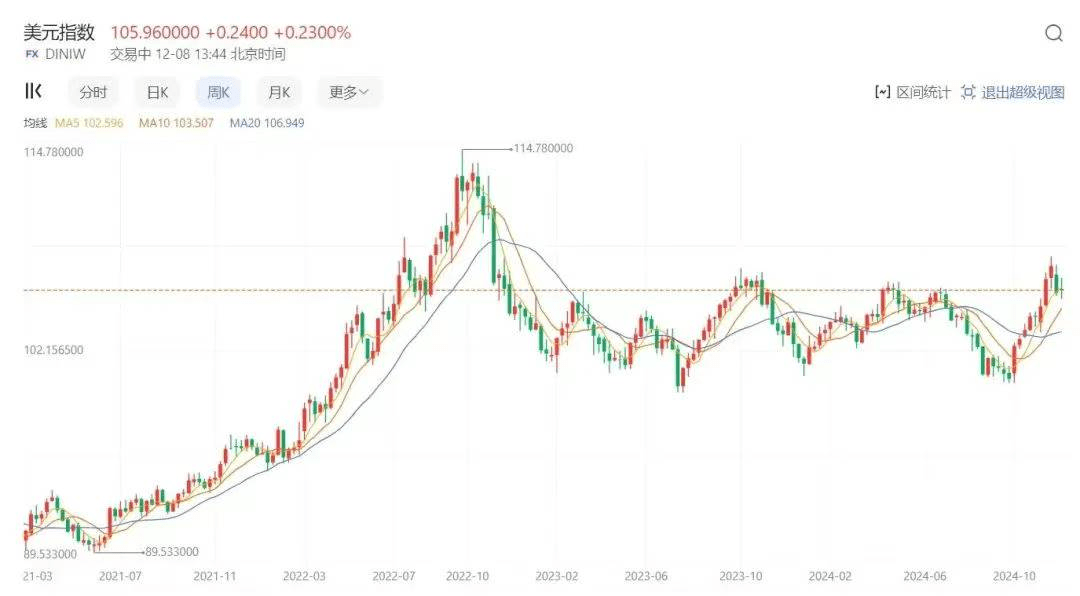
Figure 4 Dollar Index Trends from July 2021 to December 2024
III. The relationship between the Federal Reserve's interest rate decisions and the dollar index, gold, and crude oil prices
In the international market, gold and crude oil are priced in dollars, meaning that when the dollar appreciates, its purchasing power increases, allowing the same amount of dollars to buy more gold and crude oil, leading to a decrease in their prices. Conversely, when the dollar depreciates, the prices of gold and crude oil will rise.
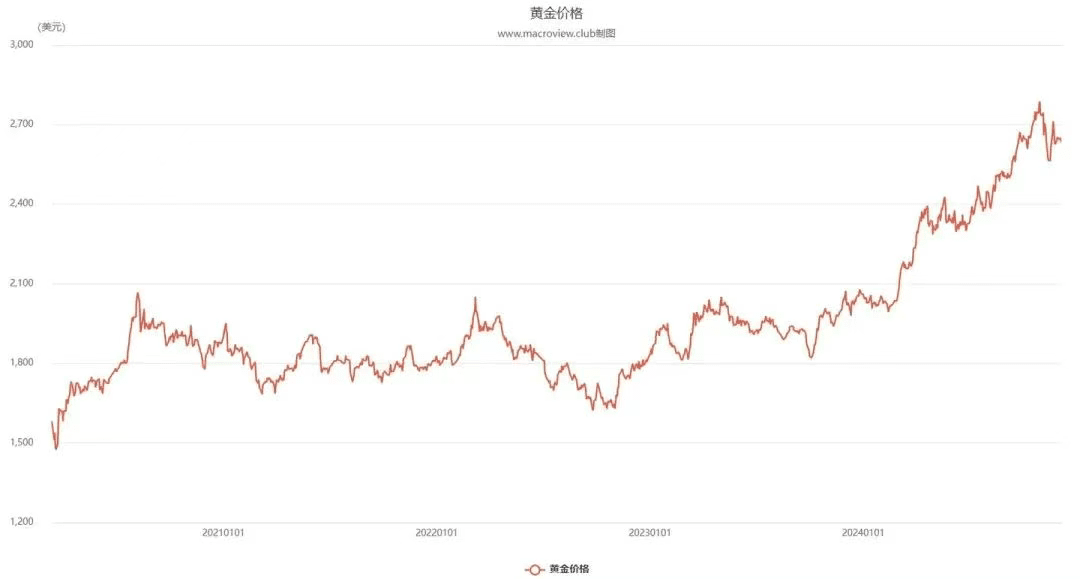
Figure 5 Gold Price Trends from January 2021 to December 2024
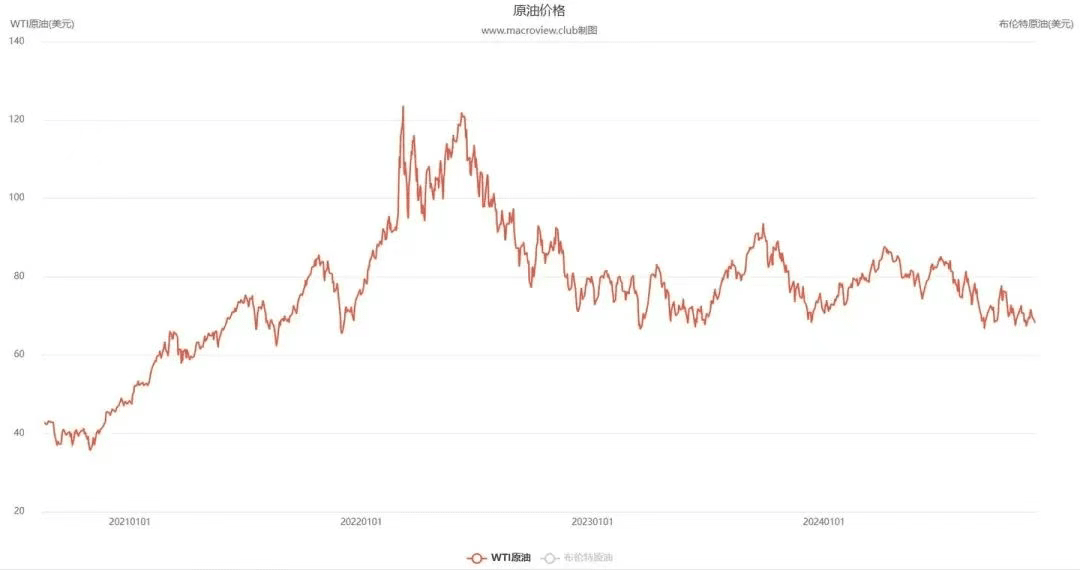
Figure 6 Crude Oil Price Trends from January 2021 to December 2024
Understanding this logical relationship allows us to grasp the close relationship between the Federal Reserve's rate decisions, the dollar index, and the prices of gold and crude oil.
When the Federal Reserve raises interest rates, the dollar index strengthens, and gold and crude oil prices fall; conversely, when the Federal Reserve lowers interest rates, the dollar index weakens, and gold and crude oil prices rise.
This is the theoretical logical relationship between them, as well as the direct impact of the Federal Reserve's rate decisions and the dollar index on the prices of gold and crude oil. However, this does not mean that the actual price trends of gold and crude oil must conform to this relationship; the prices of gold and crude oil depend on a comprehensive range of factors.
IV. The relationship between the Federal Reserve's rate decisions and the dollar index and RMB exchange rate
With the previous knowledge foundation established, it becomes straightforward here: in the foreign exchange market, the appreciation of the dollar means that other currencies will depreciate against it; conversely, the depreciation of the dollar means that other currencies will appreciate against it.
Thus, when the dollar appreciates, the RMB depreciates relative to it; conversely, when the dollar depreciates, the RMB appreciates relative to it.
When the Federal Reserve raises interest rates, the dollar index strengthens, and the RMB exchange rate weakens; conversely, when the Federal Reserve lowers interest rates, the dollar index weakens, and the RMB exchange rate strengthens.
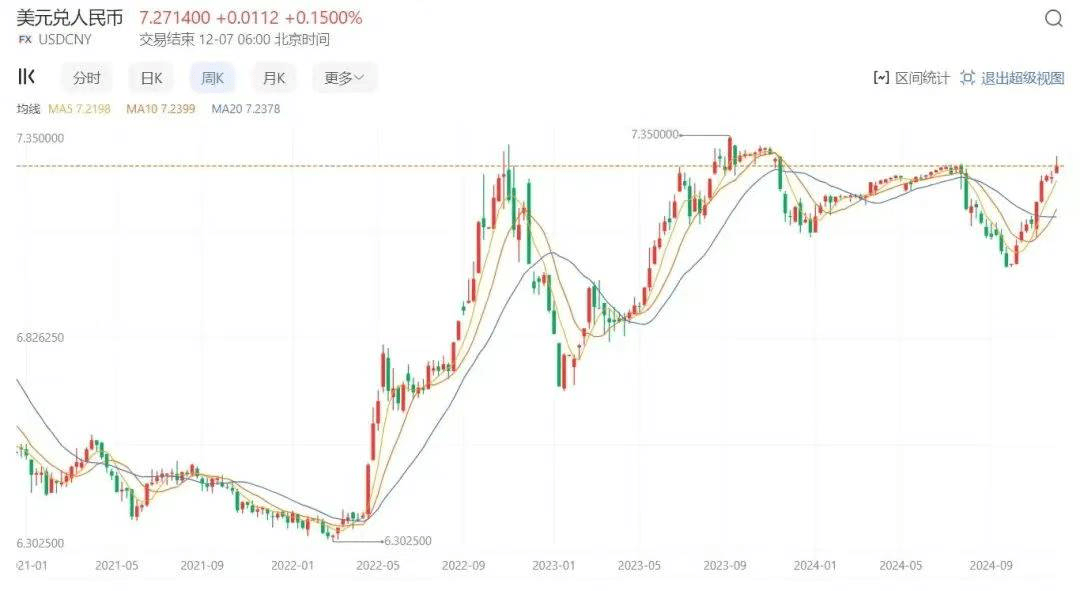
Figure 7 Trends in RMB Exchange Rate from January 2021 to December 2024
It should be noted that in the foreign exchange market, the RMB is commonly quoted against offshore RMB exchange rates, which are quoted not in terms of how many dollars one yuan can exchange for, but rather how many yuan one dollar can exchange for because the universal currency internationally is the dollar. Thus, an increase in this index indicates RMB depreciation, meaning that one dollar can exchange for more yuan, and vice versa.
In a market with free capital flow and floating exchange rates, when the Federal Reserve raises interest rates, other currencies depreciate against the dollar passively. If a country does not want its currency to depreciate against the dollar, its central bank must follow the Fed's rate hike to hedge against the effects on exchange rates; conversely, when the Fed lowers interest rates, other currencies appreciate against the dollar passively. To hedge against the effects caused by the Fed’s rate cuts on exchange rates, other countries' central banks must follow the Fed's rate cuts.
This results in a loss of the independence of national monetary policy. Countries like Canada, South Korea, Brazil, Argentina, and Hong Kong, if they do not want to lose monetary policy independence, must passively accept the impacts of the Federal Reserve's interest rate decisions on exchange rate fluctuations, which is also a manifestation of dollar hegemony.
This is why we often hear grievances from many countries regarding the Federal Reserve's interest rate policies, as the Fed's rate decisions directly impact the exchange rates of many countries and the interest rate decisions of their central banks.
As for whether these grievances have merit, discerning individuals will naturally understand that any country's monetary policy should, and can only, be based on its national interests and cannot simultaneously consider the interests of other countries. Even when attempting to account for the interests of other countries while formulating monetary policy based on domestic interests, there is no capability to achieve such an objective.
Therefore, criticisms from other countries regarding the Federal Reserve's monetary policy are meaningless and ineffective. Only by being strong enough can one avoid being constrained by others.
V. The relationship between the Federal Reserve or central bank’s rate decisions and economic growth
The market is an invisible hand guiding economic trends, but this invisible hand has inherent flaws; it lacks a braking mechanism. Just as a car without brakes cannot anticipate traffic accidents and brake in advance, the market's lack of a braking function means it cannot predict and prevent impending economic recessions and crises. Allowing the market's invisible hand to fully command economic development will inevitably lead to alternating cycles of prosperity and depression.
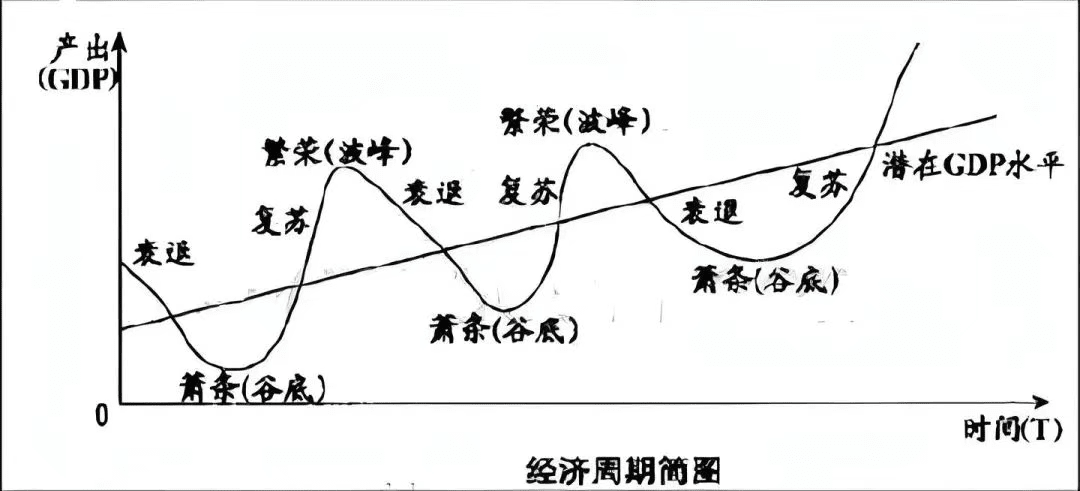
Figure 8 Economic Cycle Diagram (Please excuse the old diagram)
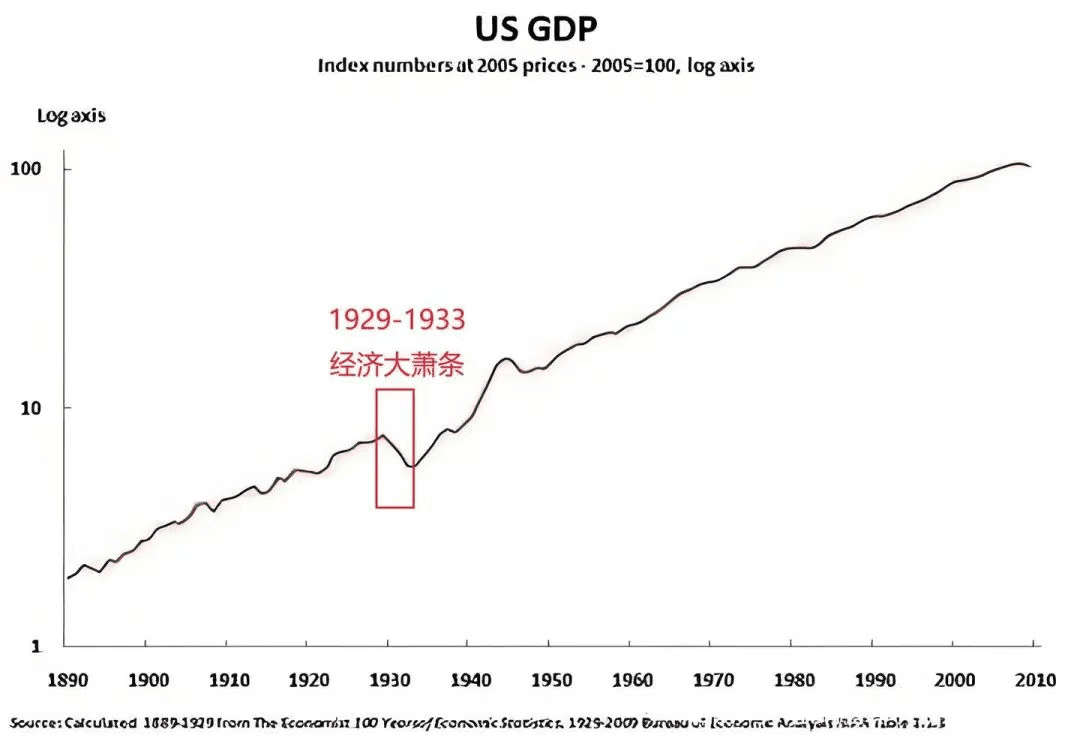
Figure 9 After the economic boom in the U.S. in 1929, a recession began.
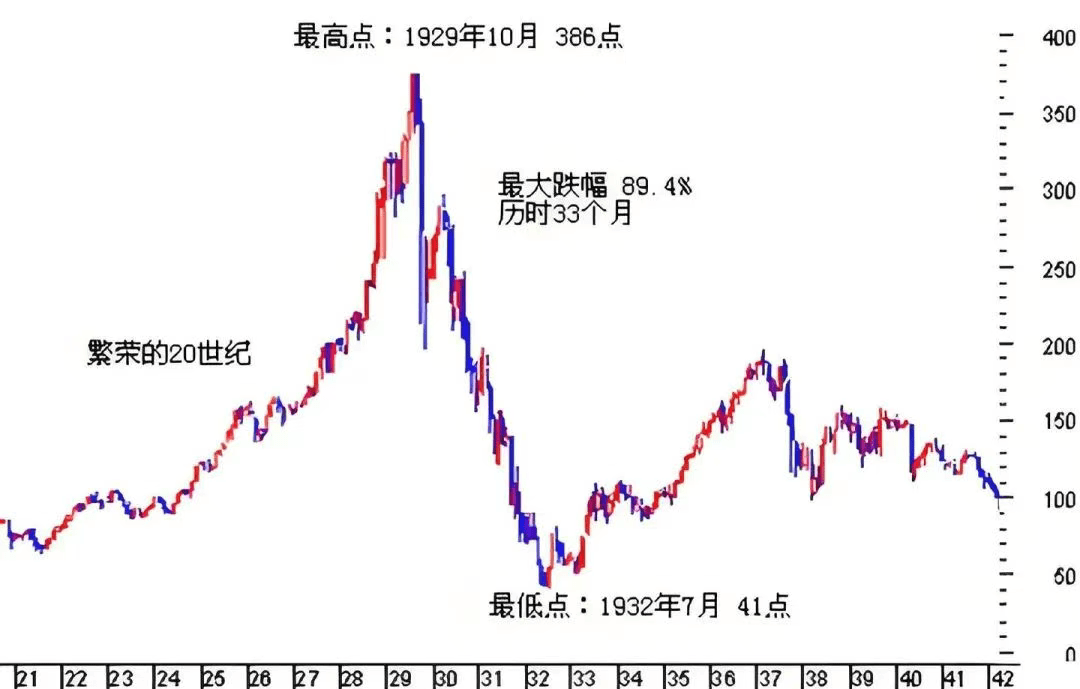
Figure 10 Dow Jones Industrial Average around 1929
The reason behind this is that capital is the lifeblood of the market. Capital seeks profit; wherever there is money to be made, capital will flow there. Where profits are plentiful, capital will flock there. This is the rule governing how the market's invisible hand directs the economy.
For example, when an industry emerges with supply not meeting demand, prices soar, and profits are high, capital rushes into that industry. Supply increases, shifting from supply not meeting demand to supply-demand balance, and eventually to oversupply, leading to price drops or crashes, falling profits, and ultimately losses, resulting in an industry crash and crisis. After a crisis, the market makes self-corrections, capital exits, supply decreases until it again does not meet demand, repeating this cycle. This is the law of the market economy, moving from supply not meeting demand to supply-demand balance to oversupply, cycling from growth to saturation to recession to crisis.
The entire economic development follows such rules.
It is precisely because we recognize this pattern and the inherent flaws of the market's invisible hand that we must put a "brake" on the market economy, rather than allowing it to run freely. This "brake" is "government macro-control."
Before a crisis occurs, we should anticipate potential issues and take measures in advance to prevent the crisis, appropriately applying the brakes.
Interest rate policy is an important tool in macroeconomic regulation.
When the economy continues to grow strongly, to avoid overcapacity leading to recession or crisis, the Federal Reserve will contract the money supply in the market by raising interest rates, encouraging people to deposit money in banks and reduce consumption, thereby decreasing demand for goods. The rise in interest rates prompts enterprises, individuals, and governments to reduce borrowing and investment, leading to a decrease in the supply of goods.
Conversely, when economic growth is weak or in recession, to promote economic prosperity, the Federal Reserve will lower interest rates to expand the money supply in the market. People are less willing to deposit money in banks, opting instead to spend more, increasing demand for goods. The decline in interest rates encourages enterprises, individuals, and governments to borrow and invest more, leading to increased supply of goods.
Therefore, the Federal Reserve adjusts the balance of market supply and demand through interest rate decisions, striving for a healthy spiral of economic growth without experiencing overcapacity, hyperinflation, deflation, recession, depression, or crisis.
The ideal situation we hope for is economic growth alongside stable prices, or price growth far below our income growth. This represents optimal economic growth.
Our income growth allows us to purchase more and better goods, and businesses can earn more profits. Under these conditions, the faster the economic growth, the better, indicating that our societal wealth is continuously increasing, and happiness levels are consistently rising, leading to sustained prosperity; this is the healthy spiral of economic growth.
For example, the nearly 40 years of rapid economic growth in China since the reform and opening up is a healthy spiral upward. GDP has continuously grown rapidly, income levels have continually risen, price increases have lagged far behind income growth, and people's purchasing power has continued to strengthen.
Readers might also reflect on the current situation.
From 1978 to 2017, China's economy (GDP) grew at an average annual rate of about 9.5%, while per capita disposable income grew at about 8.5% annually, and the average annual growth rate of price levels was about 4.86%.
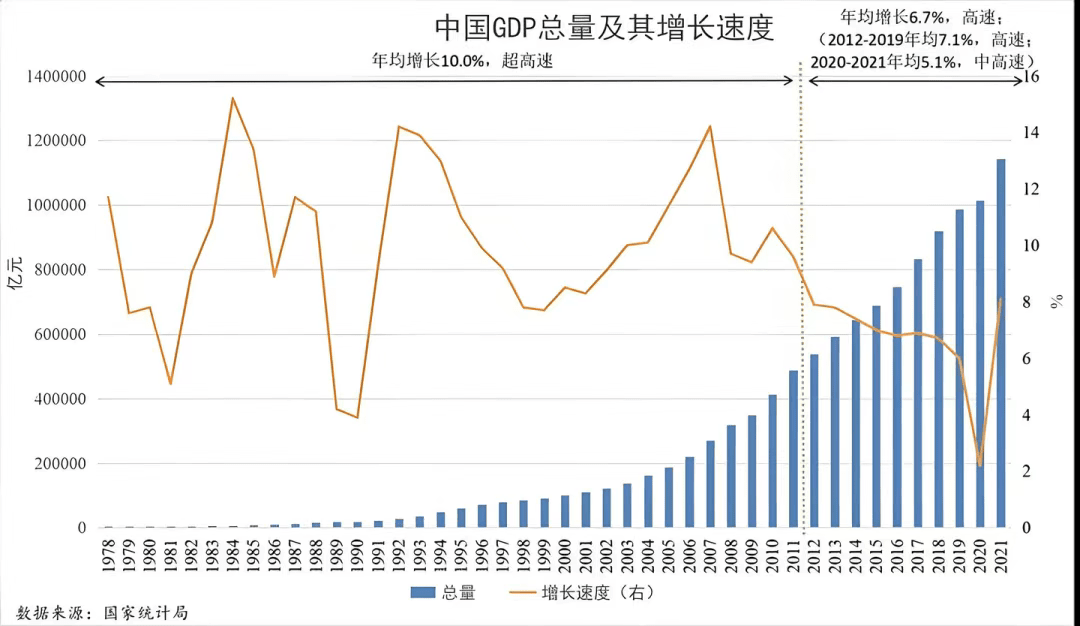
Figure 11 GDP Growth in China After the Reform and Opening Up
It is important to note that the essence of GDP refers to the total output of society, which can be simply understood as the total amount of goods (services) produced by society. The more that is produced, the wealthier that society becomes. This output is measured in monetary terms, meaning that total output must be converted into money, which is often referred to in trillions. However, this value is merely a number; the number itself has no actual significance. It is essential to look at the actual goods (services) represented by this number to assess the true wealth of a society. Thus, there is a distinction between nominal GDP growth rate and actual GDP growth rate.
Nominal GDP refers to the growth rate of GDP calculated at current prices without considering price changes, which does not necessarily represent the actual GDP growth rate. For instance, if the current price level has risen compared to before, and if the total output of society has not changed, the calculated GDP will be higher than the previous GDP, showing GDP growth due to different price calculations. In reality, the total output of society has not increased, and societal wealth has not changed; the actual GDP growth rate excludes the factor of price changes, calculating the current GDP and previous GDP at the same price. Under this premise, any change in current GDP relative to previous GDP reflects genuine changes in societal total output and wealth.
Let’s return to the relationship between interest rate decisions and economic growth.
The Federal Reserve's rate decisions depend on its judgment of the current economic situation, with key indicators including GDP growth rate, CPI, and new job creation numbers. Among these, CPI, or the inflation index, is the core indicator it regulates.
CPI is regarded as the most reflective indicator of economic conditions. When the economy grows, people's incomes increase, purchasing demand rises, pushing up prices. When the economy is in recession, people's incomes decline, purchasing demand reduces, leading to a drop in prices.
Thus, the Federal Reserve hopes for the CPI to remain within a reasonable range (around 2%-2.5%).
When it exceeds this range, it indicates that economic growth is too fast and overheated. To avoid supply-demand imbalance that could lead to economic recession and crises, the Federal Reserve will raise interest rates.
When below this range, it indicates that economic growth is weak or sluggish or in recession. To stimulate economic growth, the Federal Reserve will lower interest rates.
If within this range, it indicates that economic growth is in a healthy spiral upward stage, and the Federal Reserve remains unchanged.
Therefore, the relationship between the Federal Reserve's interest rates and economic growth rate, as well as CPI, is not an absolute direct proportional or inversely proportional relationship.
When the economy is reasonably and sustainably growing, interest rates may remain stable or continue to decrease, or they may be appropriately raised to control prices. Generally, maintaining low interest rates over the long term is beneficial for stimulating economic growth.
The first figure here has appeared previously, so I won't elaborate further. From the first quarter of 2021 to the second quarter of 2022, the year-on-year growth rate of U.S. CPI rose sharply, even reaching 9%, with inflation levels rising continually, while GDP also experienced rapid year-on-year growth.
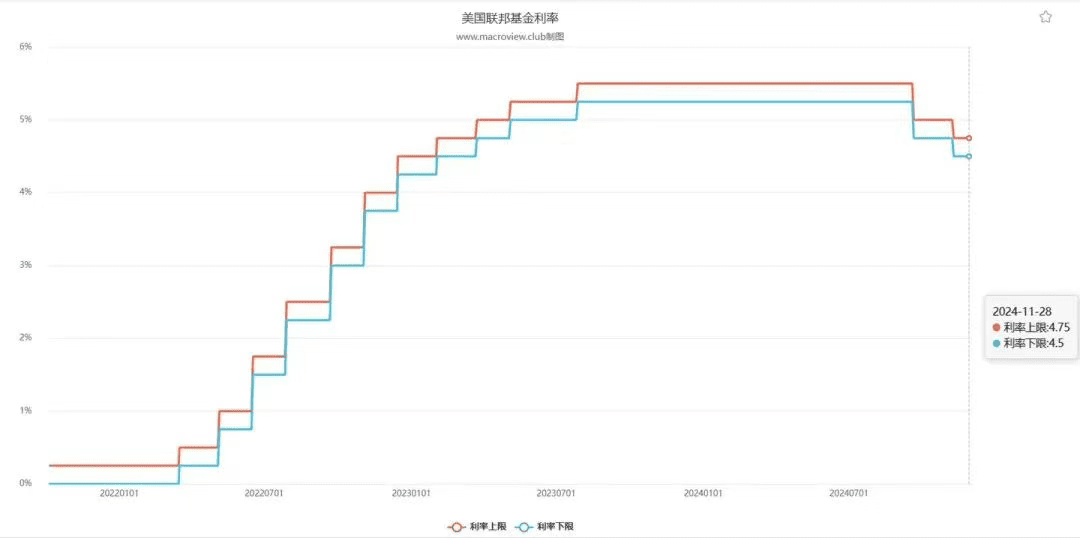
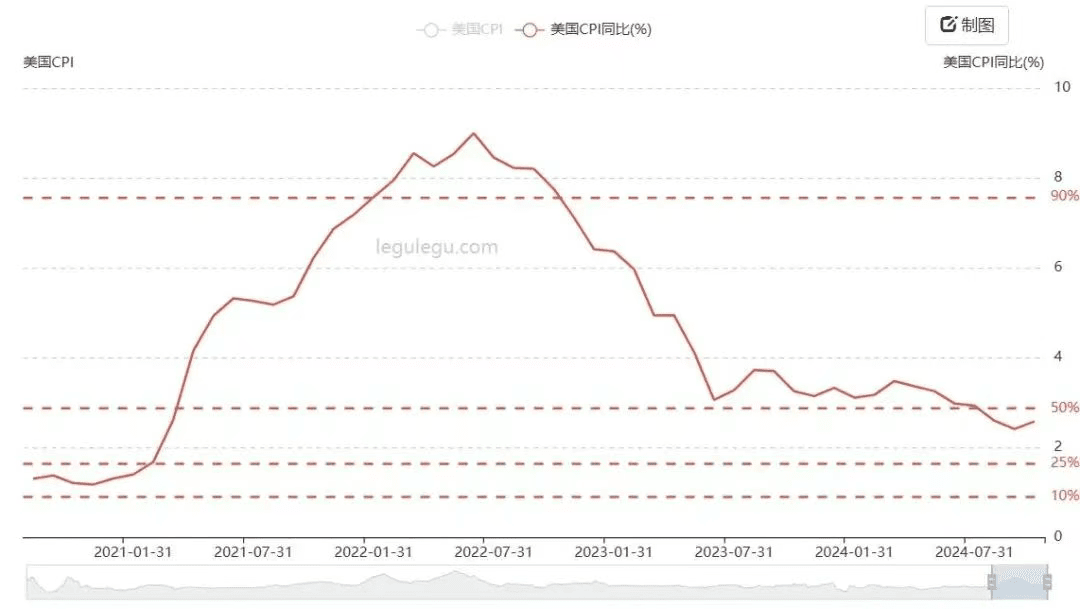
Figure 12 Year-on-Year Trends of U.S. CPI from January 2021 to October 2024
However, to avoid falling into a vicious cycle of inflation, the Federal Reserve has been raising rates since 2022 and will continue to do so until the first half of 2024, maintaining a cycle of rate hikes and high rates. As rates continue to rise, the year-on-year growth rate of CPI has steadily decreased to 3%, and the GDP growth rate has fallen from a peak of 6%-7% to 2%-3%. Thus, the Federal Reserve will initiate a rate cut cycle starting in the second half of 2024.
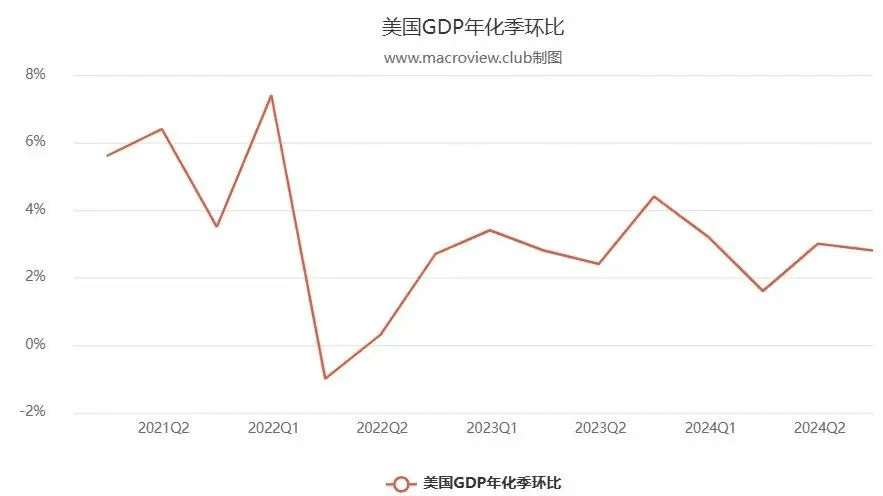
Figure 13 U.S. GDP Growth Rate from Q1 2021 to Q3 2024
The relationship between central bank rate decisions and economic growth in each country follows a similar pattern.
First, I would like to thank all readers for reaching this point. If you have reached this point, it indicates that you have a relatively clear understanding of interest rates. Now, let's discuss some impacts of the Federal Reserve's interest rate cuts.
The multidimensional impacts of the Federal Reserve's interest rate cuts
In today's increasingly globalized world, the Federal Reserve serves as an important barometer of the global economy. We all know that its interest rate cut policies undoubtedly have far-reaching international influence.
The interest rate cut directly leads to a decrease in the dollar deposit rate, causing capital to overflow from the banking system like a tide, seeking habitats with higher yields. This not only promotes multinational investment activities but also accelerates signs of global economic recovery.
However, for the cryptocurrency market, the impact of this capital flow is not simple and direct. What we need to understand is that its impact is not immediate but multi-faceted.
The double-edged mirror of the market
On the one hand, the market liquidity increase brought about by the interest rate cut indeed enhances investors' risk appetite, making them more willing to invest funds in high-risk, high-return areas. Mainstream cryptocurrencies like Bitcoin, due to their unique decentralized nature and potential for high returns, have become the new favorites for many investors.
Additionally, interest rate cuts are often accompanied by the depreciation of the dollar, further enhancing the appeal of cryptocurrencies as safe-haven assets (which is also happening subtly in this year's market), attracting a large influx of funds seeking asset preservation.
On the other hand, historical data shows us another scenario. Although interest rate cuts theoretically should support rising cryptocurrency prices, in practice, this impact is often constrained by multidimensional factors—economic uncertainty, fluctuations in market sentiment, shifts in policy expectations, and the complexity of investor behavior can lead to contrary market performance post-rate cuts. For instance, during economic downturns or periods of heightened market panic, more individuals may prefer to withdraw funds from high-risk markets, including cryptocurrencies, to avoid potential losses.
Looking back at the U.S. interest rate cycle over the past 35 years, we find that the effect of interest rate cuts on the cryptocurrency market is not static. In the 1980s and 1990s, although the Federal Reserve’s interest rate cuts aimed to stimulate economic growth and combat inflation, asset prices often rebounded with a lag behind policy implementation and were strongly affected by economic uncertainty.
Entering the 21st century, with the rise of the cryptocurrency market, the impact of interest rate cuts on it has become increasingly complex and varied. During the 2008 financial crisis, the Federal Reserve's interest rate cuts and quantitative easing policies indeed provided strong support for risk assets, including cryptocurrencies, but this support was not unconditional or permanent. The wave of interest rate cuts after the COVID-19 outbreak in 2020 pushed the cryptocurrency market to unprecedented heights. However, this surge was more a result of market sentiment and hedging demand than the single effect of interest rate cuts.
The Federal Reserve's interest rate cut policies have multifaceted, complex, and uncertain effects on the cryptocurrency market. Capital is not altruistic. While interest rate cuts can increase market liquidity, enhance investment risk appetite, and possibly support rising cryptocurrency prices, this impact is neither one-directional nor absolute. In today's complex and ever-changing environment, we should approach monetary policy adjustments like interest rate cuts with greater composure and caution, considering the multidimensional factors of the economic environment, market sentiment, and policy expectations. Only in this way can we stand undefeated in the ever-changing market.
The affairs of the world are like tides, and people are like water; only a few can return to the rivers and lakes.


